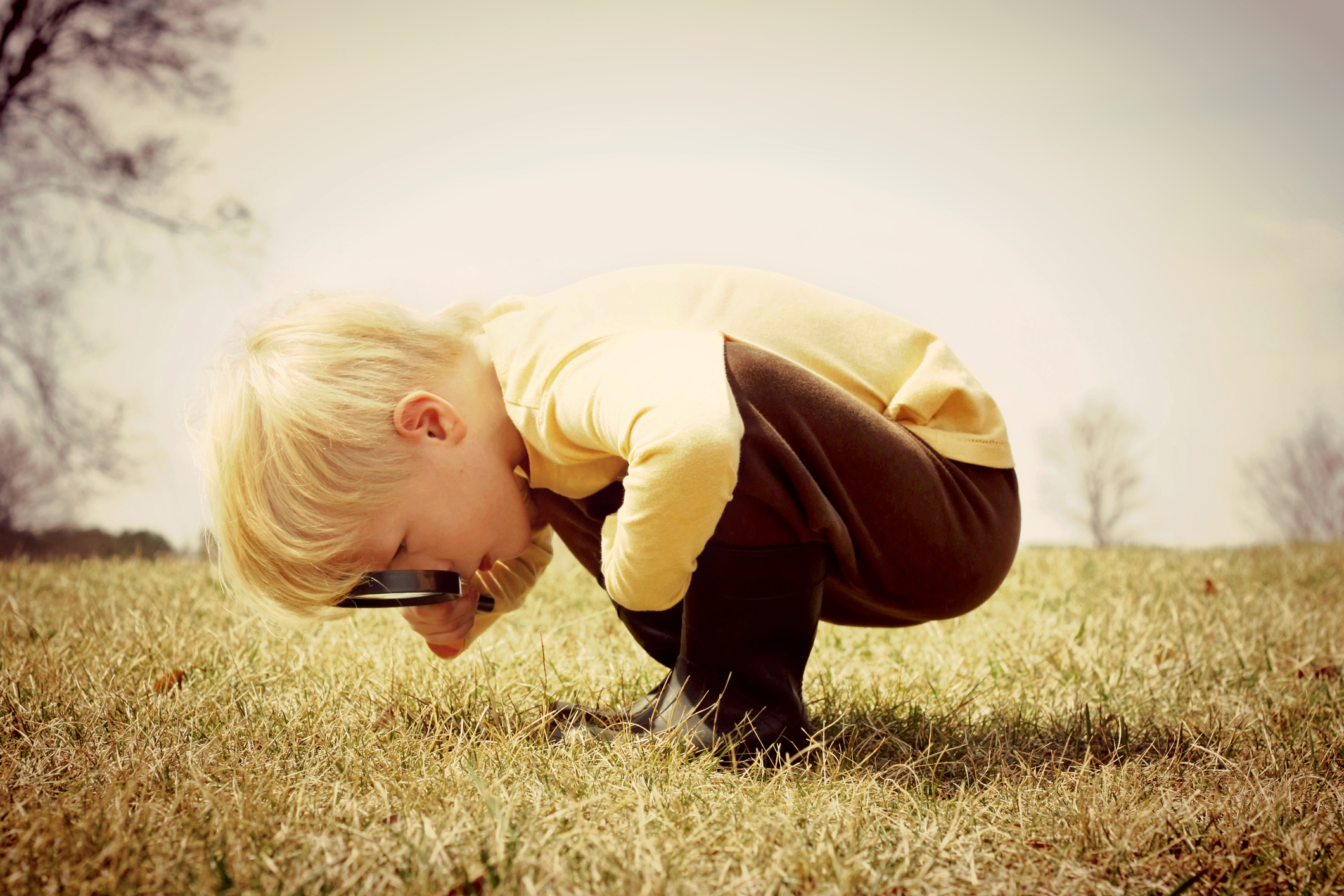Explore resources and activities relevant to courses that focus on content and instruction of science concepts for grades PreK-2. These types of courses emphasizes child and teacher inquiry into science, investigation, and problem solving.
Course Activity 1: Learning Science Concepts Through Gardening
Project work provides in depth opportunities to engage young children in scientific exploration. A project such as the one in this example, Project Example: Garden Project Sprouts from Simple Question: “What’s That?” can be adapted for different developmental ages and abilities. A garden project is often something families can engage in and enjoy with their child. Students can work in pairs or small groups to plan how children in their classroom can meet the IL Learning Standards for Science appropriate for their grade level (PreK, K, 1, or 2) during a garden project. Question for reflection/discussion: How would students engage families in the project?
If outdoor space is limited, an indoor garden can also facilitate scientific thinking. Foods grown can reflect the cultures of the children in the class. There are recipes that children and their families may share that include the foods that are grown and can be incorporated into a cooking activity. The following Tip Sheets provide more ideas for successful gardening with young children:
Course Activity 2: Learning at Home (Science)
The Learning at Home Science Activities maybe shared with families through a classroom website, newsletter, or social media. Questions for reflection/discussion: What can teachers do to support families in trying these activities at home? How might home visitors engage families in these types of activities with their child? How could these activities be adapted for children with differing abilities?
Course Activity 3: Scientific Thinking: Making Predictions
The children in the video, Ideas About a Marble Run are discussing their models of how to make a marble run. Question for reflection/discussion: How has the teacher encouraged the children to use predictions in this activity?
Bring a simple experiment to class and ask students to predict what will happen. Write their predictions on a slide or whiteboard. Do the experiment and ask students to note whose predictions came close to the actual outcome. Questions for reflection/discussion: Why is it important to help children make predictions? What are some other ways teachers and caregivers can facilitate young children’s critical thinking skills?
Course Activity 4: Scientific Principles with Everyday Items
After reading the blog, Science Play with an Award-Winning Toy have students brainstorm either in pairs or small groups which scientific principles young children learn from playing with everyday items. The instructor can provide each pair or small group with a particular everyday item (e.g., empty plastic pop bottles, clean/dry rocks, acorns, etc.) and the group can write down the scientific principles children can learn from playing with that everyday object. What information can teachers provide to young children to extend their learning about scientific principles? How would students intentionally plan to use everyday items in a science center in their classroom?
Course Activity 5: Scientific Principles through Cooking
This blog, Pour It, Stir It, Yum! focuses on cooking with young children and the ways adults can facilitate science (and other) concepts during simple cooking activities. The instructor may have students design a cooking activity and include how they would elicit science concepts and critical thinking from young children while engaged in cooking with them. Cooking activities are an excellent way to engage families in children’s learning about science. Children and their caregivers may take photos of foods they prepare together at home and share what they have learned with their friends at school.
Course Activity 6: Science, Technology, Engineering, Art, Math (STEAM)
Students can listen to the podcast, Process Play and STEAM: Getting Started and write a brief reflection about their philosophy regarding STEAM. Guiding questions: How will they integrate art and science within their future classroom curriculum? How have they observed the way that technology plays a role in furthering children’s understanding of STEAM concepts?
Course Activity 7: Creating a Science Center
Students may use the information in this Tip Sheet, CSI: Child Scientist Investigates! to design a science center in their classroom. Which aspects of teaching science concepts are easy to implement? Which aspects are challenging? What process do students use to prepare to teach children a new scientific concept? The course instructor can ask students to share specific resources they have observed in their practicum setting with regard to teaching science principles and creating an engaging science center for children to explore.
